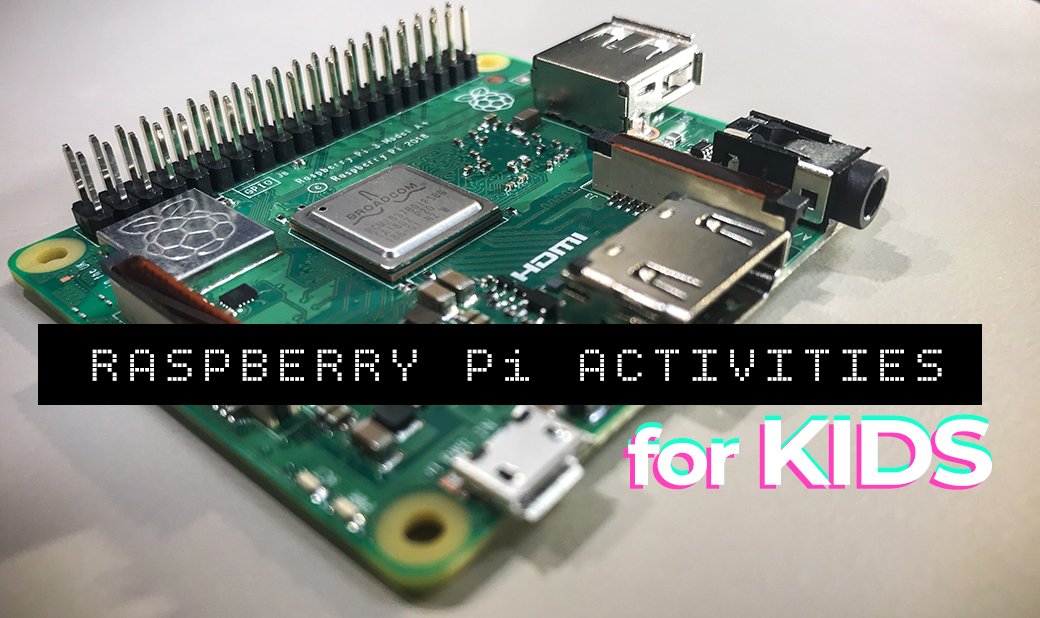Have you heard of a Raspberry Pi? No, not the dessert that’s delicious with vanilla ice cream. A Raspberry Pi is a small customizable single-board computer that is capable of being the base to countless projects ranging in difficulty for not only adults, but teens and children. It is a great way to get your family and kids into the world of computer hardware and coding or programming. And did we mention they only cost around $30?
You’ve probably heard a lot about schools incorporating more STEM (Science, technology, engineering, and mathematics) activities into their curriculum. Great Plains Communications wants to help continue that into summer activities you can enjoy with your kids using a Raspberry Pi.
Different Models and What They Mean
So, we have covered the very basics of what a Raspberry Pi is, but there are multiple model types and we want to make sure you are selecting the right one for your projects.
- Raspberry Pi Zero: Internet of Things (IoT) applications, robotics
- Raspberry Pi 3 A+: IoT applications, home automation projects
- Raspberry Pi 3 B+: Low grade server projects, or possibly a full-blown daily computer
Each Raspberry Pi can be used for just about any project, but the main difference between the models is connectivity and price. The more you pay, the more you get for horsepower and connectivity like Ethernet and USB ports.
One of the biggest benefits of the Raspberry Pi is the large community of users and creators behind the small computer, meaning lots of tinkerers who know what they’re doing have done all sorts of projects with the Raspberry Pi. Some of these collections can be found at Instructables, PiMyLifeUp, and even the Raspberry Pi Foundation’s site.
Intro Projects and More

If you are just starting out with a Pi and want an introduction the whole family can understand, a good first project would be Setting up your Raspberry Pi from the Raspberry Pi foundation. This project will walk you through all cables and other hardware you will need to use your Raspberry Pi to start creating projects.
After you’re a bit more familiar with a Pi, you can take the next step and start programming with a program called Scratch, which is an interactive, point-and-click beginner’s introduction to programming. The Raspberry Pi Foundation also has a great project page for a Water use calculator – a fun interactive tool your kids can use to calculate how much water they are using each week.
After getting your kids’ feet wet with some conceptual programming, you open a whole world of opportunity. You can look all over the Internet for more advanced projects, from designing video games to creating a weather station. Instead of having kids looking at their screens all summer, help them learn what makes that screen work.
